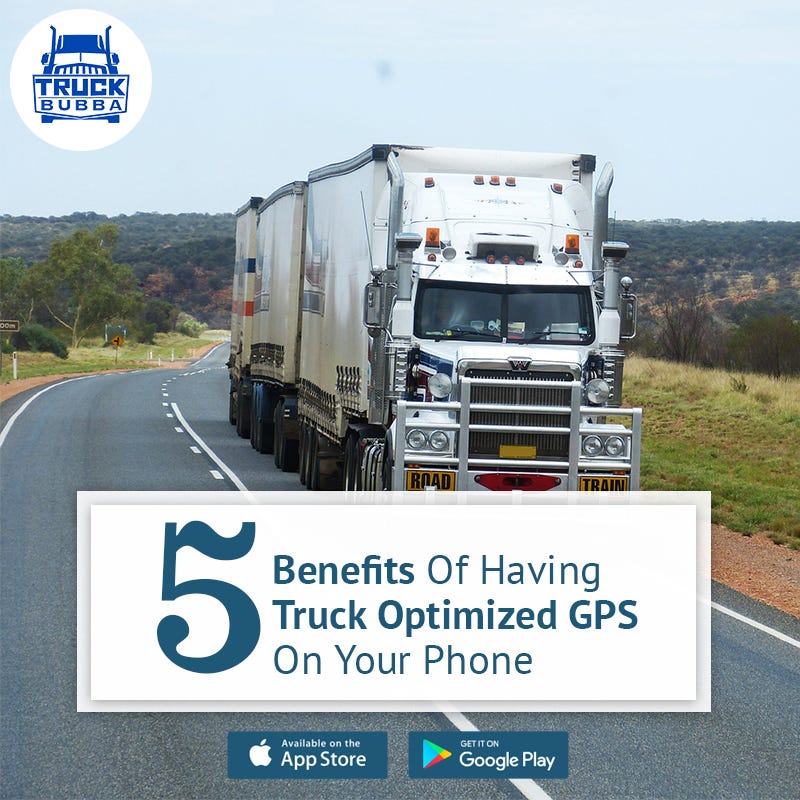The U.S. transportation market continues to innovate with the proliferation of near zero emission technologies. These advancements, combined with advancements from the electric vehicle sector, will continue to push the transportation market towards a cleaner future.
Near zero emission technology advancements will play an extremely important role in the achievement of nearly every major public policy having to do with transportation, air quality, and energy. Tackling emissions from the transportation sector are a necessity considering that more than 50% of Americans are exposed to unhealthy air, putting them at greater risk for asthma, lung cancer, cardiovascular disease, and premature death. In areas with the most severe air quality problems, achieving healthy air quality will require a transition of heavy-duty vehicles to ones that emit zero or near-zero emissions.
Tomorrow’s Engine Technology Available Today
In recent months, we have seen headline after headline announcing new ultra-clean vehicle technology.
Advanced clean heavy-duty vehicles are geared up to transform the nation’s fleet.
Most recently, Greenkraft Inc., a California-based manufacturer of alternative fuel systems and trucks, certified its 8 liter V8 fuel-injected engine at a NOx emissions standard of 0.02 g/bhp-hr, which is 90% cleaner than the current emissions standard set by the California Air Resources Board. The engine works with three different fuel types – compressed natural gas (CNG), propane autogas (LPG), and gasoline. This is the first engine to be certified at near-zero NOx emissions on three different fuels. Greenkraft offers the engine as a standalone product or in one of Greenkraft’s heavy-duty commercial trucks.
Earlier this year, Michigan-based ROUSH CleanTech certified its 6.8 liter V10 propane engine to 0.05 g/bhp-hr, which is 75% cleaner than the current emissions standard. These engines are now being installed in Type C Blue Bird Vision school buses and Class 4 to Class 7 Ford commercial trucks and step vans. According to Blue Bird, their propane school bus is the industry leader for lowest total cost of ownership and hassle-free maintenance, while creating a cleaner and safer environment.
Back in 2015, Cummins Westport started this ultra-clean engine trend with a certification of an 8.9 liter engine to 0.02 g/bhp-hr, referred to as the ISL G Near Zero. In addition to the dramatic 90% reduction in NOx compared to even the cleanest of engines, the near zero emission Cummins Westport engine features Closed Crankcase Ventilation (CCV) capable of reducing engine related methane emissions by 70%. The company expects to certify a 12 liter version of their near zero emission engine in 2018, the ISX12N, and a 6 liter product, the B6.7N, soon thereafter.
Advanced Technologies on the Horizon
While near-zero emission technologies may be further down the path of commercial maturity, the market momentum for medium- and heavy-duty electric-drive technologies has continued to grow as evidenced by the recent onslaught of headlines from OEMs that are developing and commercializing products in response to increasing market demand in California and beyond.
Daimler, Mitsubishi Fuso, Navistar, and Peterbilt unveiled electric products in recent months. Companies like ADOMANI, BYD, and Motiv offer electric powertrains for several medium- and heavy-duty commercial applications. Tesla recently unveiled a battery-electric Class 8 long-haul truck. Start-up Nikola Motor Co. is developing a hydrogen fuel cell electric powertrain for long haul trucks, and Toyota Motor Co. recently unveiled a working prototype fuel cell drayage truck.
Creating Markets to Support a Zero and Near Zero Emission Future
These engine technologies are becoming a reality, but to incite their widespread deployment, supporting markets and economics must be created. Fortunately, the timing is perfect – Volkswagen’s $2.925 billion in clean transportation funding looms close as states expect to open their first rounds of funding in 2018. As these funds must be used to deliver cost-effective NOx reductions, near-zero and zero emission engine technologies pose a viable solution to a future with cleaner air.
The combination of commercial availability from major OEMs, diverse technology options, environmental benefits, and the response from local regulations, advanced clean heavy-duty vehicles are geared up to transform the nation’s fleet.









